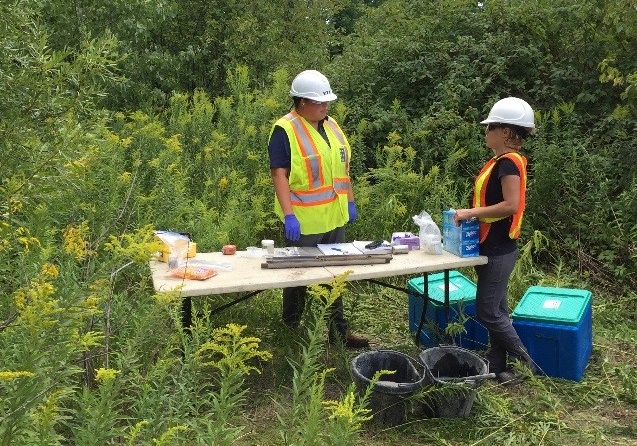In Canada, Occupational Health and Safety (OH&S) is covered by Acts (legislation) or statutes and other related regulations promulgated under federal, provincial, and/or territorial regulations. Regardless of jurisdiction, the key components of OH&S regulations in Canada are similar across the country. However, the details of the legislation, the mechanism of implementation, and enforcement may vary from one jurisdiction to another. In addition to the general objective of OH&S regulations to keep workers safe, OH&S regulations also stipulate the general rights and responsibilities of: a) the employer, b) the supervisor and c) the worker.
Federal Regulations
The federal health and safety legislation in Canada applies to federal employees and businesses and employees of companies or sectors that operate across provincial or international borders. As explained by the Canadian Centre for Occupational Health and Safety (CCOHS), federal health and safety regulations are commonly referred to as Canada Labour Code Part II. Some of these businesses include airports and airlines; banks; some petroleum exploration, development, and pipeline entities; radio and television systems; railways and shipping services; tunnel and bridge services, and many First Nation activities. The CCOHS estimates that approximately 6% of the Canadian workforce falls under the jurisdiction of the federal government. The remaining 94% of Canadian workers fall under the legislation of the province or territory where they work.
Provincial Regulations
In each province or territory, an Act, typically called the Occupational Health and Safety Act, applies to most workplaces in that region. In Ontario for example, the Occupational Health and Safety Act (OSHA) is the primary legislation relating to workplace health and safety, and it is administered by the Ministry of Labour. As emphasized by the Ministry, the Act provides a legal framework and the tools to achieve the goal of making a workplace safe and healthy. It sets out the rights and duties of all parties in the workplace. It establishes procedures for dealing with workplace hazards and it provides for enforcement of the law where compliance has not been achieved voluntarily by workplace parties. Roles and Responsibilities are clearly outlined for the employer, supervisors and workers. As part of the Internal Responsibility System (IRS), for example, OHSA gives workers three (3) important rights:
- The right to know about hazards in their workplace and get information, supervision and instruction to protect their health and safety on the job.
- The right to participate in identifying and solving workplace health and safety problems either through a health and safety representative or an employee member of a joint health and safety committee.
- The right to refuse work that they believe is dangerous to their health and safety or that of any other worker in the workplace.
Canadian Standards Association (CSA) Standards
The federal, provincial and territorial OH&S regulations generally reference (and require compliance with) standards published by the Canadian Standards Association (CSA). The CSA standards were developed in collaboration with all government departments responsible for OH&S. In addition to various industry or job-specific standards, the CSA workplace safety standards cover a wide range of workplace topics such as personnel protective equipment, construction & electrical safety, equipment and machine safety, emergency and continuity management, human factors and mental health in the workplace.
How Can VTX Help?
Navigating the matrix of Federal and Provincial OH&S regulations and expectations can be challenging. VTX Consulting Services can assist you with your OH&S needs and guide you to a safety culture and performance that goes beyond compliance.
To speak with an Environmental Expert, please contact us.
Author: Christopher FariasPh.D., MRACI; C Chem.



